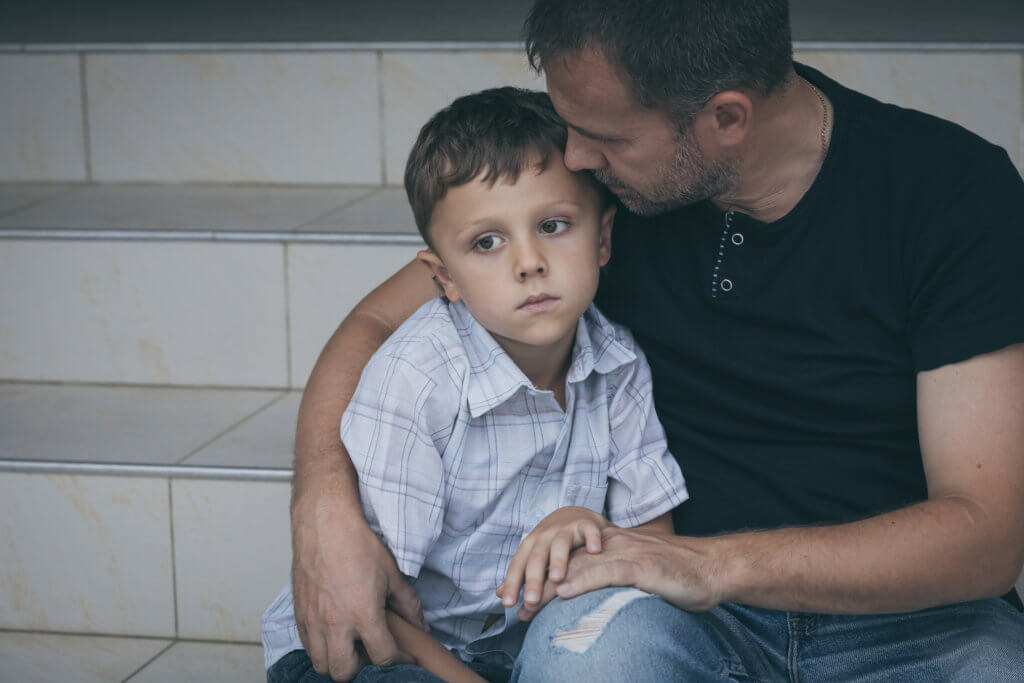What is Bullying?
Bullying, unfortunately, is not a new occurrence. Although the years pass by, people graduate, and generations of children go through school, bullying is still a persistent issue in many classrooms, social groups, and/or online spaces.
Bullying typically involves two main factors. First, there is usually a power imbalance between the child who bullies and the child who is bullied. This could mean anything from differences in popularity to mismatched physical strength. Second, bullying is often repetitive and happens over an extended period of time, such as a semester or a whole year.
There are also three main types of bullying: verbal, social, and physical. Verbal bullying could include teasing or taunting, social bullying could include spreading rumors or making someone an outcast, and physical bullying could include physical violence or even messing with another child’s possessions.
Bullying is a Behavior
It’s important to remember that bullying is a behavior. Bullying is a verb – it’s an action that someone does. Bullying is also complicated; there is not a singular reason why a child would bully another child or be more at risk of being bullied.
Many factors could go into why a child is bullied or bullies someone else. It’s unfair to categorize children as “bullies” or “victims,” because that language may ignore important social context and/or imply that bullying behavior cannot be changed. In addition, the terms “bullies” and “victims” imply there are only two types of children involved: those who bully and those who are bullied. However, there may also be kids who encourage bullying by egging it on or laughing at the aftermath. There may be kids who didn’t start the rumor but still spread it. And there may be kids who see bullying from a distance but don’t get involved or tell a teacher.
How Can You Help Prevent Bullying?
Parents, teachers, and children can all help when it comes to preventing bullying. Adults should help kids understand bullying by defining what it is and telling them it is not acceptable. Let your children know how to get help if they get bullied or see bullying happen to someone else. Teach them how to say “No,” or “Stop,” and, importantly, help them know it is okay to walk away.
Additionally, communicate often with your children and be a safe resource for them to come to with any concerns. Listen to their answers for signs of bullying and ask them how they feel or what they do when they see bullying. Listen for anything that may indicate they are participating in bullying behavior, and gently confront them about it.

Finally, make sure to encourage kids in what they love to do. Group activities like clubs or theater can help create great friendships and self esteem in all children. Children and teens learn by example, so it’s important to live out kindness and respect in everyday interactions. Kindness is contagious.
For more in-depth information about bullying and how to prevent it, visit https://www.stopbullying.gov/.
Do you have more questions about raising healthy kids in Salem Oregon? Contact our friendly staff at WFMC Health or become a new patient today!